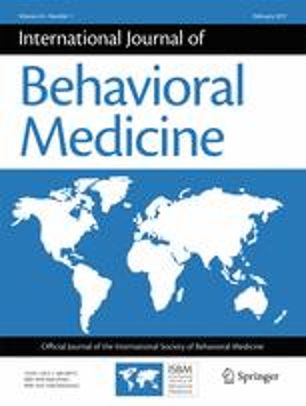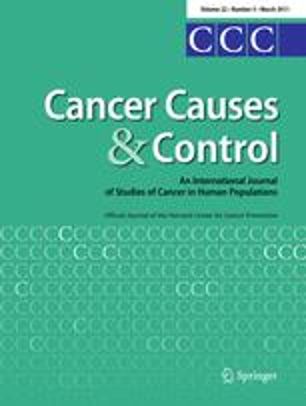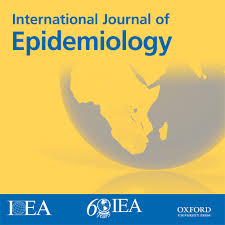Physical activity levels in Atlantic Canadian cancer survivors
Physical activity levels in Atlantic Canadian cancer survivors Melanie Keats, Cindy Forbes, Scott Grandy, & Yunsong Cui Click here to see the full brief The incidence of cancer within the Canadian population has been slowly increasing since 2009. Currently, it is expected that 2 in 5 Canadians will develop cancer in their lifetime, which equates to a national incidence rate of 515.5 new cancer diagnoses per 100,000 people. In Atlantic Canada, the average incidence rate for Nova Scotia (627.3/100,000), New Brunswick (606.7/100,000), Newfoundland (631.6/100,000) and Prince Edward Island (556.9/100,000) combined is 605.6 new diagnoses per 100,000 people, which is markedly higher than the national incidence rate. Of those diagnosed with cancer, 63% will survive at least 5 years after the initial cancer diagnosis. This means, as the overall number of cancer diagnoses increases, a corresponding increase in cancer survivors can be expected. Although this is good news, it is also concerning as the long–term side effects of treatment and the development of comorbidities, such as heart disease, has become a much larger issue for cancer survivors. One factor that contributes to an increased risk of chronic disease is low levels of physical activity. In fact, the World Health Organization states that physical activity is the fourth leading risk factor for global mortality. Importantly, physical activity can lead to many improvements in physical functioning and quality of life following a cancer diagnosis. These improvements include enhanced aerobic endurance, muscular strength, fatigue, depression, anxiety, self-esteem, functional ability, and overall quality of life. Emerging research has also suggested a potential all-cause and disease-specific survival advantage. Despite these benefits, many cancer survivors do not accumulate the recommended amount of physical activity per week. Numerous international bodies have developed physical activity guidelines to try and reduce the incidence of morbidity and mortality associated with low levels of physical activity. Current guidelines recommend that an individual should complete 150 minutes per week of moderate-to-vigorous physical activity in order to accumulate health benefits and decrease the risk of morbidity and mortality. Previous research among Canadian cancer survivors has found up to 78% can be inactive. Therefore the purpose of this report is to use a population based sample from Atlantic Canada to describe and compare the physical activity levels of individuals with a self-reported history of cancer with those who have never had a cancer diagnosis.







